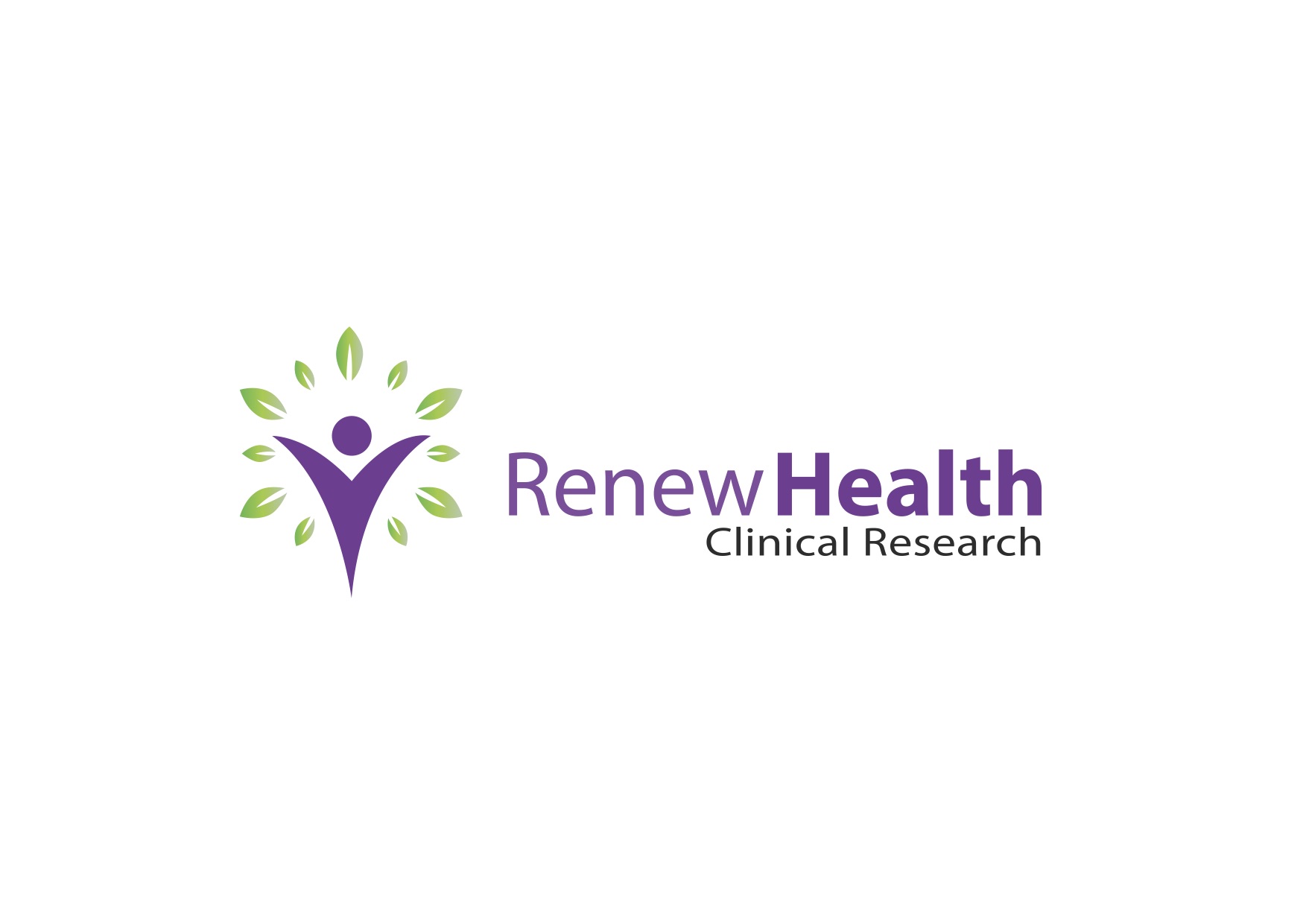Why Phase IV Clinical Studies Matter for Drug Safety
- Javonte Maynor

- Jul 8
- 4 min read
In the journey of bringing a new drug to market, several essential steps are taken to ensure its safety and effectiveness. After a drug is approved and available to the public, a final crucial phase begins: post-market drug studies. These studies, particularly phase IV clinical studies, play a vital role in monitoring the long-term safety of medications. This article explores why these studies matter, how they work, and what we can learn from them.

Post-Market Drug Studies
Post-market drug studies are conducted after a drug has been approved by regulatory agencies, such as the FDA. These studies are necessary to ensure that a medication remains safe and effective over time in a diverse population. Unlike earlier phases of clinical trials, which focus on controlled environments and specific patient groups, post-market studies observe how a drug interacts with the real-world population.
The main objectives of post-market drug studies include:
Identifying long-term effects of medications
Monitoring adverse events and side effects
Comparing the drug with other available treatments
Evaluating the drug's effectiveness in different demographics
These studies provide crucial data that may not have emerged during the initial clinical trials, offering a broader understanding of a drug’s safety profile.
The Importance of Ongoing Monitoring
Once a drug reaches the market, it is exposed to millions of patients with varied medical histories, lifestyle habits, and genetic backgrounds. This exposure increases the chance of identifying rare side effects or interactions that were not evident during the earlier phases of clinical trials.
For instance, consider the case of the pain reliever Vioxx, which was widely prescribed for arthritis. After its approval, post-market studies revealed an increased risk of heart attacks among patients. The findings led to its market withdrawal in 2004, ultimately saving countless lives by preventing cardiovascular incidents in unsuspecting users.

What Are the 4 Phases of Clinical Trials?
Understanding the framework of clinical trials is crucial to appreciating the role of phase IV studies. Clinical trials are categorized into four phases:
Phase I
Focus: Safety and dosage
Participants: 20-100 healthy volunteers
Goal: Assess the drug's safety, side effects, and how it is metabolized.
Phase II
Focus: Effectiveness and side effects
Participants: 100-300 patients with the condition
Goal: Determine if the drug works as intended while monitoring its safety further.
Phase III
Focus: Efficacy and monitoring of adverse reactions
Participants: 1,000-3,000 patients
Goal: Confirm effectiveness, monitor side effects, and compare it to commonly used treatments.
Phase IV
Focus: Long-term effects, risks, and benefits
Participants: Diverse patient populations
Goal: Gather additional information after the drug is approved, observing how it performs in everyday use.
The last phase may unveil information absent in earlier trials, reinforcing the necessity of ongoing research in systematizing drug safety.

Highlighting Real-World Impacts
Phase IV clinical studies contribute significantly to public health. Their findings can influence healthcare policies, lead to changes in usage recommendations, or result in updated warnings on packaging. Here are a few notable instances:
Gardasil: This vaccine, designed to protect against human papillomavirus (HPV), was subjected to several phase IV studies after its approval. These studies assessed its effectiveness in preventing certain types of cancers, contributing to public awareness campaigns and changes in vaccination guidelines.
Statins: After their approval for lowering cholesterol, phase IV studies helped identify additional benefits, including cardiovascular risk reduction, informing doctors and patients about the broader implications of taking these medications.
Regular updates from these studies ensure healthcare professionals and patients remain informed about the risks associated with particular drugs. They also promote transparency in the pharmaceutical industry, which can bolster public trust.
Best Practices for Integrating Phase IV Findings
Healthcare providers and patients alike should stay informed about ongoing phase IV studies and how findings could impact treatment decisions. Here are some recommendations:
Stay Updated: Regularly check resources dedicated to drug safety, such as the FDA website or peer-reviewed journals.
Consult Your Healthcare Provider: Always discuss potential risks and new findings of medications with your doctor, especially when prescribed new drugs.
Report Side Effects: Encourage patients to report any adverse effects they experience while taking medications. This information is vital for the ongoing monitoring of drug safety.
Participate in Studies: Consider participating in phase IV studies if approached. They contribute significantly to understanding how drugs work in real life.
By following these practices, both healthcare providers and patients can help improve drug safety and effectiveness in the healthcare landscape.
Moving Forward: The Future of Drug Safety
Looking ahead, the importance of phase IV clinical studies will only grow. As new medications enter the market and existing ones are reevaluated, the need for rigorous post-market studies becomes increasingly critical.
Emerging technologies such as artificial intelligence and big data analytics can enhance the evaluation process during these studies, offering deeper insights into patient safety. By analyzing vast data sets, researchers can identify patterns and outcomes much more quickly.
The incorporation of real-world evidence will likely shape future regulatory policies, making phase IV clinical studies an invaluable aspect of drug safety. By understanding their significance and advocating for rigorous monitoring, we can all contribute to enhancing patient safety and health outcomes.
Through these efforts, drug safety can evolve, resulting in healthier communities and more informed choices for patients and healthcare providers alike.




Comments